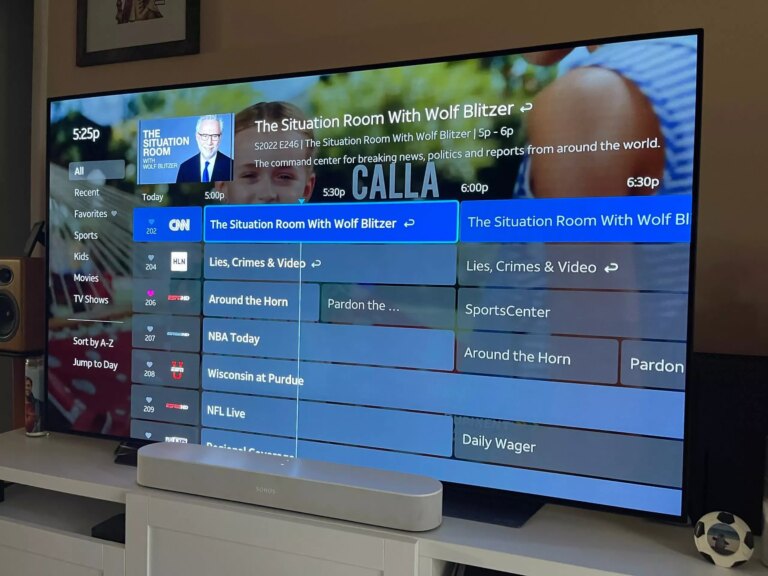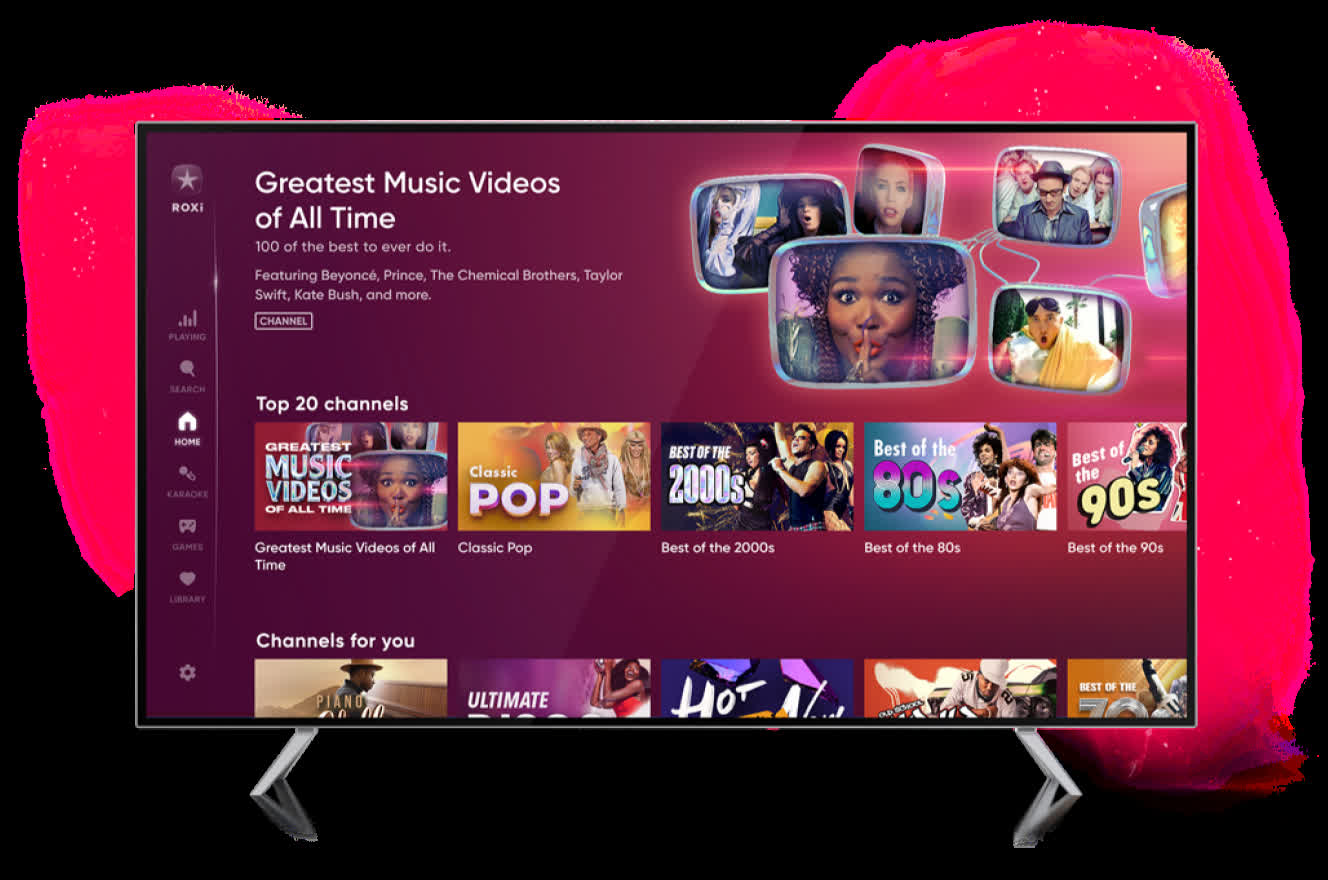
[ad_1]
Recap: Although broadcast TV has been largely forgotten by many in the era of streaming, the old method of watching TV with rabbit ears has been trying to evolve for years. The process has been slow and difficult, partially due to competition from free streaming services, but a consortium of companies is preparing to introduce interactive over-the-air broadcasts.
In collaboration with some of the largest US broadcast TV companies, ROXi has begun introducing technology that could bring smart features typically associated with streaming services to free over-the-air TV. The functionality requires new hardware for most but might become an enticing new free option for cord-cutters.
With ROXi’s service, TVs and other devices that support the latest broadcast standard can pause, skip, fast forward, and rewind over-the-air programs. Users can start a program from the beginning, even if they tune in after it starts. Viewers can also flip through specific segments without needing traditional viewer apps.

ROXi’s technology, called FastStream, enables the functionality by temporarily downloading software into a device’s memory. The new features will debut in ROXi’s music streaming service but could soon become available for news and sports broadcasts. The company’s partners are also trying to introduce “Nextgen TV,” which could give broadcast channels HDR, enhanced dialogue, on-demand content, and local news or weather forecasts.
The effort leverages ATSC 3.0, the next generation of over-the-air TV protocols, which has struggled to gain a foothold since the FCC pushed its adoption in 2017. Some may remember the great switch to digital broadcast networks in the late 2000s, which instituted ATSC 1.0 as the current standard. The updated protocol promises to add 4K HDR broadcasts, and support could expand beyond TVs and antennas to mobiles or other devices.
However, after years of availability, ATSC 3.0 still isn’t widely available. Stations broadcasting in ATSC 3.0 must keep supporting its predecessor, which doesn’t leave enough bandwidth for 4K signals. Furthermore, free ad-supported streaming apps like Tubi and Pluto have threatened to leapfrog ATSC 3.0, which requires either new antennas or expensive new components in TVs. Those disadvantages caused LG to drop ATSC 3.0 from its sets.
Still, large segments of the population rely on broadcast TV, particularly low-income, rural, and immigrant households, which could provide ROXi or other ATSC 3.0 services with a significant addressable market.
Image credit: Trusted Reviews
[ad_2]
Source link